Quick Links
According to a study by Backlinko and Ahrefs, authoritative domains rank higher on Google’s SERPs.
It’s proof that while domain authority (DA) isn’t a direct ranking factor that Google’s algorithm looks at, a higher domain authority score still directly correlates to higher rankings.
But what makes a domain authoritative? How can you calculate your domain rating?
Domain authority is a score ranging from 1 – 100 that’s designed to predict how likely a website is to rank well on search engines.
There are over 40 different factors that calculate the domain authority for a website, such as the quality of its content or the number of backlinks pointing to it.
The good news is there are plenty of ways that you can boost your site’s domain authority score so you can rank higher on search engine results pages – and we’re going to cover them today.
Along the way, you’ll learn about page authority, link-building strategies, and how to calculate your domain authority so you can keep track of your success.
Read on to learn how to increase domain authority and beat the competition in your niche.
Explaining Domain Authority
The SaaS SEO company Moz created the domain authority metric, NOT Google. While it’s commonly thought that domain authority is one of the 200 ranking factors that Google looks at for SEO, that is false information.
What is true, however, is that a high domain authority correlates to higher rankings.
So while it’s not an official Google ranking factor, it’s still an extremely reliable metric for predicting your website’s success at ranking on search engines.
Moz uses data from its Link Explorer web index combined with over 40 ranking factors to calculate the score. It uses a machine learning model that creates an algorithm that correlates the Link Explorer data to thousands of actual search results rankings.
In a nutshell, Moz’s algorithm delivers a score that reflects the ranking strength of your website in comparison to others.
‘In comparison to others’ is the key phrase from that last sentence, and it’s fundamental in understanding how the DA score actually works.
Thinking of domain authority as having ‘weight classes’
Many newcomers assume that since domain authority scores range from 1 – 100, a DA score of 100 should be their ultimate goal.
While it’s always smart to shoot for the stars, a DA of 100 or close to it is simply unattainable for smaller websites.
Why is that?
It has to do with the fact that your DA score is in relation to the entire internet. It’s a logarithmic scale that’s compressing a massive amount of information (every site on the net) in a very compact way (a score of 1 to 100).
Powerhouse legacy websites like Facebook, Wikipedia, and LinkedIn dominate the high DA scores due to their billions of backlinks, shares, and views, leaving not much room for smaller websites to compete.
The good news is that it doesn’t matter, as you likely aren’t trying to compete with the likes of Wikipedia or Twitter. Instead, domain authority works best as a comparative metric to see how you stack up with other sites in your niche.
In that sense, you can think of domain authority as having weight classes similar to boxing:
- High DA scores of 80 to 100 are for the ‘heavyweights,’ like Amazon and Google.
- Scores of 60 to 80 are for ‘welterweights,’ like enterprise-level companies.
- Scores of 40 to 60 are for ‘lightweights‘ or mid-sized companies.
- Scores 30 to 40 are for ‘featherweights,’ or mom-and-pop’s and small e-commerce stores.
As you can see, it’s more about competing at the same level than it is a race to the top. Nobody expects a startup dropshipping business to compete on the same level as Microsoft, nor would they expect a featherweight boxer to face off against a heavyweight.
Determining your weight class
You’ll want to start by determining how you stack up against the competition in your field. To find out, you can use our free domain authority checker tool by The HOTH. It’s powered by Moz, the creators of domain authority, so you can rest assured that it’s accurate.
Remember, if you discover that you have a low DA, there are ways that you can improve it. Yet, it’s essential to know that increasing your DA gets more difficult as you rise through the weight classes.
The adage goes that it’s far easier to increase your DA from 20 to 30 than it is from 70 to 80.
More importantly, you’ll want to check the domain authority of your top competitors. If you find that your DA is 20 and your top competitors are 30 – you should strive to raise yours to 35 or 40.
That way, you’ll have a much better chance of outranking your competitors’ content. That’s how using DA as a comparative metric yields far more power than simply trying to reach 100. So what if your DA will only get to 40? You’ll still be lightyears beyond the competition in your weight class, which is what you want.
Knowing this from the beginning will help you find more success with your domain authority strategy. Whenever your website’s domain authority exceeds your competitors, you’ll start to gain more organic traffic – which you can turn into leads and conversions with the right content.
Moz’s Domain Authority Ranking Factors
Now that you know more about how the DA score works, it’s time to learn how Moz actually calculates the score.
As stated previously, Moz’s machine learning algorithm takes data from its Link Explorer web index and checks over 40 different ranking factors. These include everything from the site’s backlink profile to the quality of its content and more. Here’s a look at some of the most critical ranking factors you should pay attention to when aiming to improve your domain authority.
Linking Root Domains
This refers to the unique number of backlinks that your website has generated. The key word there is unique, as multiple backlinks from the same website won’t count. So if you’ve got 40 backlinks between three domains, Moz will count it as three linking root domains, not 40.
It’s crucial to note that more backlinks from unique domains will boost your DA more than a ton of links from the same website. That’s why Moz doesn’t even bother to count more than one link from the same domain.
So if your backlink-building strategy entirely revolves around one or two domains, you need to widen your reach to include more websites. The more URLs you can get to link back to your site, the better.
MozRank
Moz will look at not only the number of backlinks you have but also the quality of the backlinks. MozRank is the ranking factor that determines the quality of your external links.
A low-quality link is one that’s neither relevant to the topic nor comes from an authoritative domain.
Whenever you’re acquiring backlinks, it’s wise to make sure you only generate links from reputable sources (other blogs, news sites, reputable company websites, etc.).
To Moz (and to Google and other search engines), one high-quality backlink will hold more power than 20 poor-quality links. In fact, poor-quality links can do more harm to your SEO than good.
That’s because Google has long been distancing itself from link farms or websites that only exist to boost domain authority. So if you use many poor-quality links from these link farms, don’t expect your content to rank on Google (more on reputable link-building strategies in a bit). A rule of thumb to remember for link-building is that quality always beats quantity.
Quality Content
Backlinks are only one component of good domain authority. In calculating your domain score, Moz will also look at your website’s content.
Great content relevant to your niche audience will always lead to a higher DA, so it’s crucial not to neglect content creation.
You should have an up-to-date editorial calendar to churn out content regularly.
The consensus is that you’ll want to blog at least two to four times a week to start seeing results. These regular posts will also help establish you as a thought leader in your field, which will help you acquire new leads.
Besides blogs, Moz will check for content such as:
- Podcasts
- Infographics
- Videos
- eBooks
- Whitepapers
A healthy content ecosystem that informs, educates, and converts your visitors will translate into a high DA score (at least for your weight class). Conversely, if your DA score is dwindling, improving the quality of your content will help you improve it drastically.
MozTrust
Like MozRank, MozTrust exists to judge the quality of your external links, albeit in a different way. While MozRank judges the backlinks based on the quality of their content, MozTrust judges how closely you’re connected to trusted websites.
What’s a trusted website?
Essentially, a trusted website is any site that ends in .edu (education) or .gov (government). These top-level domains hold the highest level of trust online due to their subject matter.
If you have .edu or .gov pages linking back to you, it’s a sign of trust and will boost your DA.
This sort of trust-by-association goes deeper than one-way backlinks. If a .edu site links to a different external site first and then back to you, it will still be a sign of trust. That means you should target .edu and .gov sites for backlinks whenever possible (more on how to do just that below).
Your MozTrust rating will be on a scale from 1 – 10. If you notice a low MozTrust score (5 or lower), you’ll need to look at your backlink profile. Do you not have any .edu or .gov websites pointing to you (even indirectly)?
Also, ensure that you don’t include links from irrelevant or untrustworthy websites (link farms, private blog networks, old press release sites), as that will hurt your trust score.
Link Profile
Moz will look at your entire link profile, not just backlinks. That means your internal and external linking structure matters for your domain authority.
Ideally, you want to use a mix of internal and external links in your content.
Blog posts should link to relevant internal pages to boost your DA and keep your readers engaged with your website. If you mention a topic you’ve already written about in a new post, link to it!
It’s easy and can help you generate organic traffic for existing posts.
You should also use external links in your content, but there’s a right and wrong way to go about it.
For example, if you’re writing a blog about how to train your dog to respond to commands, you wouldn’t want to link to another post covering the same topic.
That’s because a reader may click on the link, prefer the other article, and abandon yours. So, as a rule of thumb, never externally link to a post that acts as a substitute for your post.
Instead, only use external links whenever they complement the topic you’re writing about.
So for the example given above, instead of linking to a competing blog post, you could link to a reputable psychology website talking about Pavlovian conditioning. It has to do with your subject matter, but it’s not an outright replacement. Also, a reputable psychology website is likely to have a high DA, which is excellent news for you.
Social media signals
A ranking factor that Google and Moz have in common is social signals. That means they look at how many times your content was shared, liked, and commented on on social media platforms.
That’s why having a robust presence on social media is a must for any website wanting to boost its DA or find success with SEO.
If Google sees that one of your posts got 1,000 shares, 80 comments, and 2,000 likes – it will deem your content more valuable as a result.
So if you’ve been neglecting social media as part of your digital marketing efforts, now is the time to stop. Make sure to share every piece of content you create on Facebook, Instagram, Twitter, and LinkedIn. The extra engagement you pick up there will do more good for you than you think.
User experience and site structure
The last ranking factor we’ll cover is your UI (user interface) and UX (user experience). Google values websites that are easy to navigate and provide a positive experience for users.
It harkens back to the #1 goal of any search engine – to match a user query with the most relevant, highest quality result.
As such, you’ll want your website’s performance to be in tip-top shape. That means a logical linking structure, navigational layout, fast loading speed, and responsiveness on desktop and mobile devices.
Google even has the Core Web Vitals test, a series of standards it has for site speed, performance, and response.
Fail the test, and don’t expect your website to rank on Google anytime soon. Your UI and UX are also crucial to Moz when it calculates your domain authority.
Visit your website as if you were your target audience visiting it for the first time.
Is it easy to find everything like your blogs and product pages? Does the website load quickly, and can you interact with forms immediately? Is it confusing to checkout whenever you have a product in the cart?
These are vital questions to ask yourself when browsing and auditing your website. If you find any issues, it’s time to go back to the drawing board to fix them (see the section on conducting a technical audit on your website).
Domain Authority vs. Page Authority
Domain authority often gets confused with another one of Moz’s key SEO metrics, page authority.
It’s easy to see why, as the two metrics are highly similar but also different. The key difference is this – domain authority judges the quality of your website, while page authority judges the quality of each individual page.
The scoring system is also the same, a 100-point logarithmic scale. That means page authority scores will have ‘weight classes’ just as DA scores do.
While domain authority gives you a better impression of how your website is doing, page authority is still an important metric.
After all, you don’t want a few bad apples to spoil the whole barrel.
Well, knowing the page authority score for each web page will help you pinpoint the areas of your site that are performing the weakest.
Important note: Both domain authority and page authority scores are subject to fluctuation as Moz is constantly updating its algorithm. Also, significant changes to high-ranking DA sites (like Twitter) can have wide-reaching side effects for other websites. For example, if Wikipedia suddenly acquires a ton of new backlinks, everyone else’s DA will decrease as a result.
Moz’s page authority ranking factors
Moz uses similar ranking factors for page authority as it does domain authority, albeit with a few differences:
- How many root domains link to the page (multiple links from the same domain don’t count)
- How many root domains link to the page containing partial match anchor text
- How many subdomains link to the page
- How many quality websites link to the page
- How many external links does the page have
- Social signals (number of shares on social media platforms)
As with DA, improving these ranking factors will increase your page authority.
Yet, it’s important to note that in Backlinko and Ahrefs’ study, they found that page authority weakly correlates to higher rankings by itself.
That’s why it’s best to use page authority as a way to improve your domain authority score instead of focusing entirely on increasing page authority to rank higher on SERPs.
How do you do that?
By only focusing on the pages that have the weakest page authority scores – as they’re most likely the pages that are holding back your DA score.
Improving their rankability will positively affect your DA, which is what you want.
If you try to beef up the page authority score for every page on your site, however, the study’s findings suggest you won’t see much fruit for your labor.
Learning How to Increase Domain Authority
Okay, now that you know what domain authority is and how it’s calculated, it’s time to learn how to improve it. That way, you can outdo the competition in your weight class and start generating more high-quality traffic.
Moz updates their Moz Mozscape Index every 3 to 4 weeks, which is when you can expect to see the changes you’ve made to your DA take place.
So if you go to a bunch of trouble re-optimizing your content to improve your DA and don’t see immediate results, don’t panic. Wait a few weeks and check back, and you’ll see the updates you made to your website’s DA.
If you’ve waited a month and still see no change to your score, that’s a sign that you must go back to the drawing board and try something new.
To help out, here are the most effective techniques for improving your DA:
- Choosing a relevant domain name
- Acquiring backlinks that have high DA scores
- Improving your internal and external linking structure
- Performing an in-depth technical SEO audit on your website
- Creating excellent content that’s link-worthy
- Heavily promoting your content on social media and other channels (email, forums, etc.)
Let’s take a closer look at each tactic to better understand how to increase domain authority.
Select a strong and relevant domain name
Your domain name will play a role in your ranking strength, so it’s crucial to give it some thought. Beyond that, you want your domain name to be memorable and catchy enough for users to be able to enter it into a browser before forgetting it.
Also, it needs to relate to your niche or the products and services you offer.
A catchy domain name won’t mean much if it isn’t relevant to your target audience. If that’s the case, Google and other search engines won’t pay much attention, either, as relevancy is always their top priority.
Do you have writer’s block?
If so, you can use a domain name generator to help you fish for ideas. Not only that, but the tool will let you know if the domain you want is available or not, which will save you time and disappointment.
Acquiring high-quality backlinks
Your backlink profile is one of the essential factors in calculating your DA score, and it matters to search engines like Google, too.
In fact, Backlinko’s study found that pages with lots of backlinks outrank pages that don’t. The average #1 spot on Google contains 3.8% more backlinks than the rest of the top 10.
It’s clear that if you want to reach the top of the SERPs, you need as many high-quality backlinks as you can acquire.
We’ve already mentioned that quality beats quantity, so it’s not worth wasting your time acquiring low-level backlinks.
But how do you snag desirable backlinks without buying them?
There are lots of ways, including:
- Guest posting
- Finding unlinked brand mentions
- Sponsoring scholarships and government grants
- Poaching competitor backlinks (skyscraper)
Combining these strategies can consistently yield you backlinks, slowly building up your DA score.
Guest posting
Do you want to learn a reliable way to generate backlinks and promote your website and content? If so, you need to enter the world of guest blogging.
That’s where you write a guest post for another blogger’s website in your niche, picking up a backlink to your website in return.
Remember, you’re after high-quality links, so finding a reputable blog in your field is essential. Preferably, if you find a blog with a high DA, they will pass some of their authority on to you.
How do you find blogs that accept guest posts?
A straightforward way is to identify a related blog in your field and then do outreach via email. Politely let them know that you’re interested in doing a guest post and that they can do a guest post on your blog in return.
Other tactics include searching for guest posts on Twitter and using AllTop.com to find blogs that accept guest writers.
Unlinked brand mentions
Has your brand been around for a while? If so, then there are likely unlinked brand mentions floating around the internet.
An unlinked brand mention is where another website mentions you but fails to provide a backlink.
An example would be another blog or news site mentioning your brand in passing without a link, such as,” The HOTH is a white label SEO firm.”
That’s great that they mentioned us, but we’re after some sweet link juice along with our recognition. In this scenario, we would reach out via email to request that they link back to our website.
Unlinked brand mentions are fantastic because they’re a quick way to obtain backlinks. Since the website already mentioned you, it shows that they’re already familiar with who you are and what you do – which is half the battle won.
To discover unlinked brand mentions, you can use Ahrefs’ Content Explorer. It’s a mini-search engine within Ahrefs that you can use to find brand mentions by searching:
Your brand name and then ‘-site:yoursite.com’
The code at the end will let Ahrefs know to exclude your domain, so it doesn’t show up in the results. That way, you’re left with all the mentions of your brand online so that you can hunt for desirable backlink opportunities.
Pro tip: You won’t want to turn every brand mention into a backlink, as the quality of the linking site may be poor. Always run each website through the domain authority checker tool to confirm that it’s a website you want pointing back to yours.
Sponsoring scholarships and government grants
Among the most powerful backlinks are from .edu and .gov sites, so you definitely want to target them whenever possible.
A reliable (and free) way to get a backlink from a university or government website is to sponsor a scholarship or government grant. Of course, the grant or scholarship needs to relate to your business for it to work.
Let’s say that you’re trying to generate backlinks for your website that sells guitars and music equipment. Well, why not reach out to the Music department at your local university?
You could sponsor one of their scholarships to encourage your customers to attend their university to learn music. In exchange, you get a super authoritative backlink from a .edu website. It’s a win-win for both parties, so it’s worth pursuing whenever possible.
The same is true for government organizations. If there’s a grant or government program that relates to what you do, reach out to them to sponsor it. Before you know it, you could wind up with a handful of .edu and .gov backlinks pointing to your website and boosting your DA.
The skyscraper technique
Brian Dean of Backlinko coined the skyscraper technique, quickly becoming a staple in the SEO world.
In a nutshell, it’s a way to poach your competitors’ most authoritative backlinks for yourself.
First, you identify the top ‘skyscrapers’ in your niche or the pages that are ranking #1 on Google for your target keywords.
Next, you take a look at their backlink profile by entering their homepage URL into our free backlink checker tool. If they’re ranking at the top of the SERPs, then the chances are high that they have a virtual goldmine of excellent backlinks that you can poach.
Once you have your target, take a look at the content that has the backlinks you want.
How in-depth is the piece? Do they have videos? Are there areas that you can expand on and add more value to the reader?
These are all vital questions to ask, as your goal is to outdo their content by making something 10x better.
10x better is the key takeaway here, as their backlinks likely won’t budge unless what you have is better by a wide margin.
Anyway, once you have superior content, you reach out to their backlinks. Politely let them know that you’ve created something better and that you’d like them to link to your piece instead.
If your content is indeed more valuable, it’s better for them to link to your new page instead of the old content that’s been outdone.
Improving your internal and external linking structure
The next step in learning how to increase domain authority is to audit your link structure.
In particular, you should aim to get rid of spammy, undesirable external links roaming around your website. These are bad for SEO and DA, so it’s imperative to let them go.
You can use a tool like our backlink checker to discover toxic links that are hurting your SEO. These are links that come from spam websites, link farms, private blog networks, and websites with poor DA.
If you can’t get rid of the links outright, you can use Google Search Console to disavow or ignore the links.
When it comes to internal links, you should keep an eye out for any orphan pages.
What are those?
An orphan page is a page on your website that has no links pointing to it. That means if you were to try to get to the page from your internal navigation, you wouldn’t be able to find it.
As you can imagine, that’s not good news, as you want users to be able to quickly and easily find every page on your website. What’s even worse is if your product or service pages are orphaned.
You can use a website crawler like Screaming Frog to discover any orphan pages on your website. Should you find any, add an internal link to them immediately.
Conducting an in-depth technical SEO audit of your website
Next, there are many technical factors that will affect your domain authority, as well as your ability to rank on search engines.
Issues such as poor loading speed, a bad user experience, and lack of responsiveness on mobile devices can ruin your site’s DA.
That’s why you need to roll up your sleeves and audit key technical areas of your website, such as:
- The loading speed of your website (does it pass the Core Web Vitals test?)
- The health of your sitemap and robots.txt files
- How well your website runs on mobile devices
- How secure your website is (HTTPS and SSL certificates)
If you’re having trouble with your loading speed, try compressing the images and videos on your web pages. You can also eliminate excess lines of code via CSS or JavaScript and reduce redirects.
Every website should have a sitemap, and it’s best to upload it to Google Search Console. That ensures that Google has visibility of your website.
Also, if there are any pages that you DON’T want Google to index, you’ll need a properly formatted robots.txt file.
That’s what lets Google know which pages to index and which pages to ignore. Common pages to ‘noindex’ or ‘nofollow’ include contact forms, archive pages, and thank-you pages.
That’s because these pages are more utilitarian in nature and don’t provide much value to searchers. Instead, it’s best to only index the most relevant pages on your website that are likely to attract new customers and provide lots of value to readers.
Creating great content that attracts links
A tried and true method for boosting DA and generating backlinks is to create content that your target audience (and other bloggers in your niche) want to share.
How do you do that?
One of the best ways to do so is to solve customer problems with your content.
If one of your blog posts, videos, or podcasts solves a common issue for your customers, that will greatly increase the likelihood that they’ll want to share it.
For example, let’s say that professionals in your niche are having a hard time grasping a new concept. That’s when you swing in with a concise video that easily sums things up. Since your content is so helpful, others will want to share it and link back to it.
Using infographics
Out of all the types of content out there, infographics tend to be the most linkable due to how easy they are to digest. In fact, an infographic improves reader comprehension by 50%, and they’re amazing ways to present statistics.
If you want to generate lots of links, try creating an infographic that summarizes a ton of relevant statistics in your niche.
It will take some time and effort to get it done right, but the results are what counts. Bloggers are always looking for statistical infographics that they can link to, so why not give them what they want? You’ll wind up with many more backlinks and generate a ton of traffic from prospects.
Besides presenting statistics, you can also use infographics to provide a step-by-step tutorial, summarize a graph, or map out a geographic area.
Promoting your content
Now that you’ve got some excellent content, you need to share it with the world. Your first stop should be all your social media accounts, including Facebook, Twitter, LinkedIn, and Instagram.
It may seem like a no-brainer, but many businesses forget this crucial step. You spent all that time and money creating your content, so you can’t forget about promoting it.
A good rule of thumb is to add social share buttons to all your posts to make sharing them on social media effortless for readers.
Don’t stop there, though. There are lots of other channels you can use to promote your content, such as on relevant forums and through email.
If you’ve been compiling email addresses with lead generation techniques, you can put them to use by sending out your articles. Since they already gave you their email, they’ve shown interest in what you do and are likely to read your posts.
Concluding Thoughts: How to Increase Domain Authority
Moz developed domain authority as a way to predict how likely websites are to rank on search engines. While the concept takes a lot of criticism for not being a direct Google ranking factor, it’s been proven that a high DA translates to higher search engine rankings (see the study at the beginning).
That’s why it’s worth improving your domain authority in relation to the competitors in your weight class.
At The HOTH, our team can work on improving your domain authority for you with HOTH X, our managed SEO services. Our experts will work around the clock to implement a winning organic SEO strategy for you. If you’re more interested in advice, don’t wait to book a call with our team today.






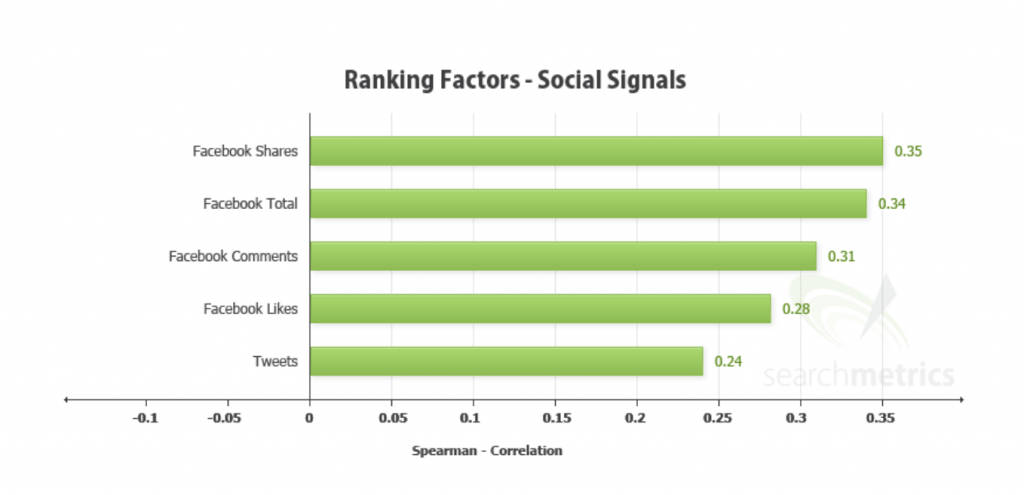
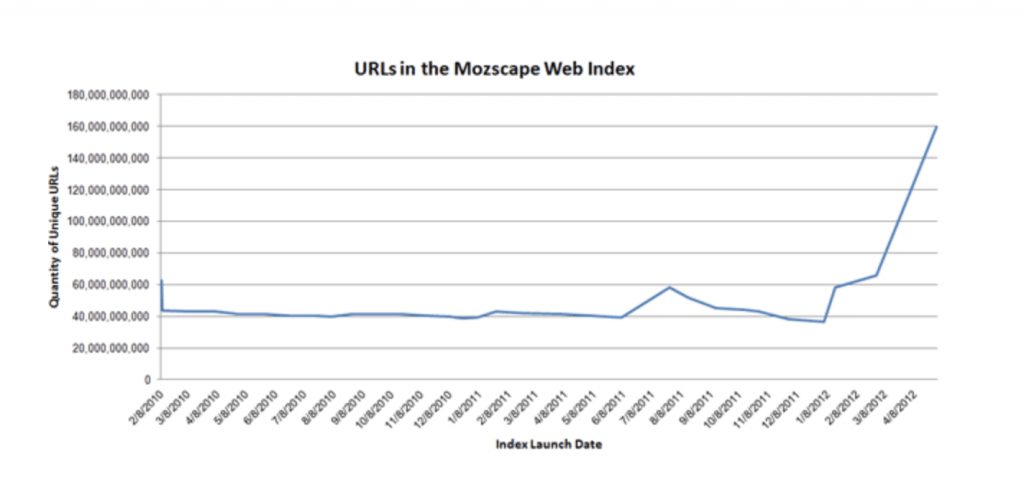
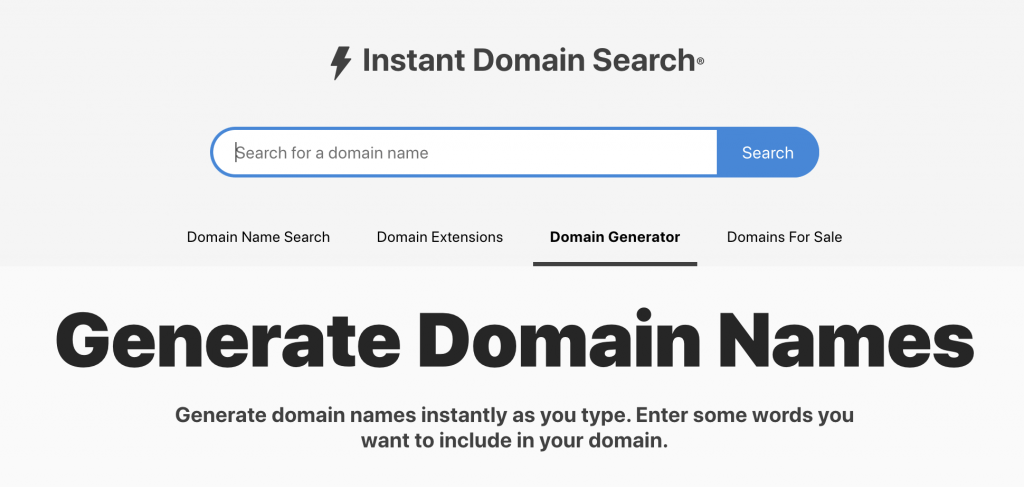
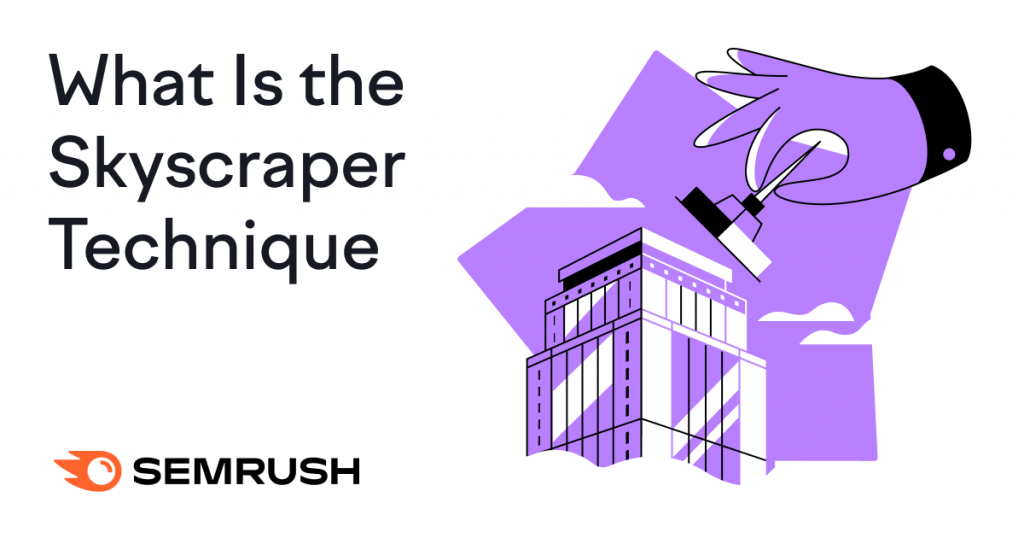
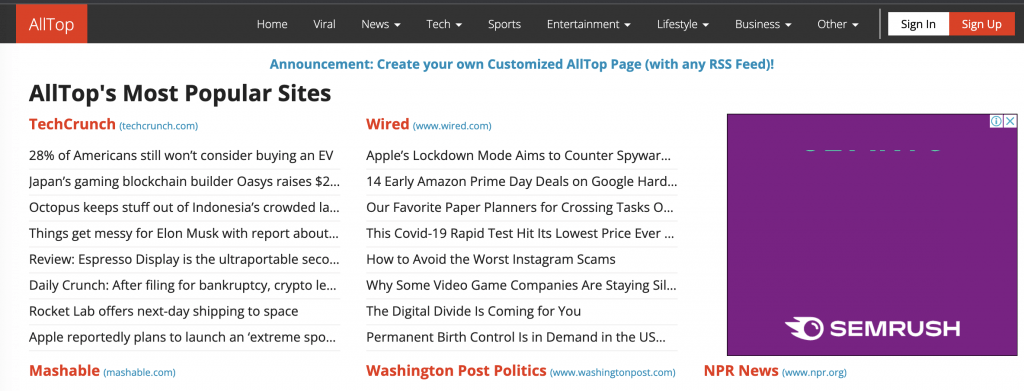


Acquire High-Quality Backlinks from Authority Sites.
Create Killer Content That’s Link Worthy.
Audit Your Site and Remove Bad Links.
Optimize Your Website Structure and User Experience.
Improve Your Internal Links.
Great Post and some very good tips, very detailed and useful thank you.